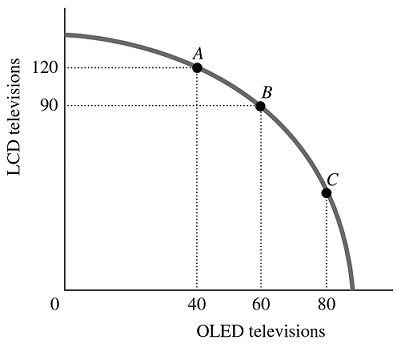Between 1945 and 1950, federal expenditures
(a) dropped by two-fifths despite the Marshall Plan.
(b) dropped by two-fifths because of dissipation of wartime expenditures.
(c) increased by two-fifths because of increased spending in private consumer and business markets.
(d) increased by two-fifths because of the Marshall Plan.
(a)
You might also like to view...
Refer to Table 17.1. The unemployment rate for this simple economy is
A) 6%. B) 10%. C) 20%. D) 25%.
Oscar consumes only two goods, X and Y. Assume that Oscar is not at a corner solution, but he is maximizing utility. Which of the following is NOT necessarily true?
A) MRSxy = Px/Py. B) MUx/MUy = Px/Py. C) Px/Py = money income. D) Px/Py = slope of the indifference curve at the optimal choice. E) MUx/Px = MUy/Py.
Outline the possible work disincentives created by anti-poverty programs. Is there a way to solve this problem without causing other forms of inefficiency to arise? Explain your answer
Refer to the information provided in Figure 2.5 below to answer the question(s) that follow. Figure 2.5Refer to Figure 2.5. The marginal rate of transformation in moving from Point A to Point B is
Figure 2.5Refer to Figure 2.5. The marginal rate of transformation in moving from Point A to Point B is
A. -2/3. B. -1.5. C. -3. D. -30.